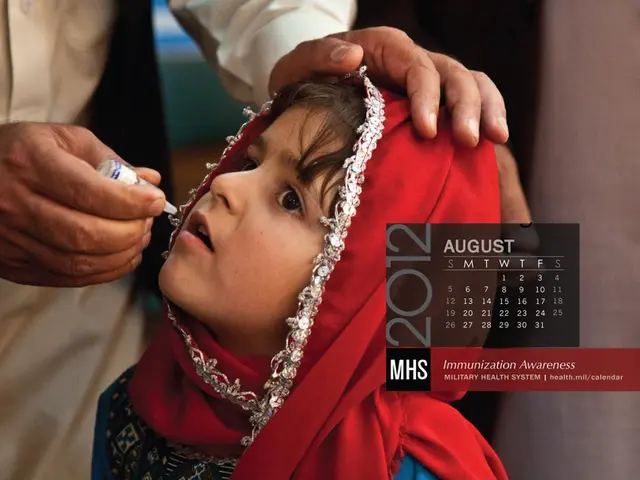Connection Between Breast and Ovarian Cancer: Shared Risks and Associations
Breast and ovarian cancer are intricately linked, primarily due to shared genetic risk factors and hereditary predispositions. Here's a dive into these connections and preventive measures for those at risk:
Genetic Connection
A major factor linking breast and ovarian cancers is the presence of certain gene mutations, specifically BRCA1 and BRCA2. Women carrying BRCA1 or BRCA2 mutations face significantly higher lifetime risks for both cancers. The risk of ovarian cancer for BRCA1 carriers is approximately 39%, and between 11-17% for BRCA2 carriers [1].
Family Matters
A strong family history of either breast or ovarian cancer can also increase the risk of developing the other, especially if there is a genetic link [3][5].
Preventive Measures
- Bilateral Salpingo-Oophorectomy (BSO): For those with BRCA mutations, removing the ovaries and fallopian tubes (BSO) is recommended between ages 35 and 40 for BRCA1 carriers and 40-45 for BRCA2 carriers. This drastically reduces the risk of ovarian cancer by around 80% and also lowers the risk of breast cancer [2].
- Regular Breast Cancer Screening: Frequent screenings are vital for early detection, particularly for those with a family history or BRCA mutations.
- Risk-Reducing Mastectomy: For individuals with BRCA mutations, a risk-reducing mastectomy may be considered to lower the risk of breast cancer.
- Genetic Testing: Identifying BRCA mutations through genetic testing helps individuals evaluate their risk and plan appropriate preventive strategies.
Concerns and Considerations
- Early Menopause: Procedures such as BSO can lead to early menopause, which can have physical and emotional consequences. However, recent studies suggest that BSO might lower the risk of early death without significant side effects in BRCA carriers with a history of breast cancer [2].
- Hormone Replacement Therapy (HRT): Those undergoing BSO, particularly BRCA carriers with breast cancer history, may not be able to use HRT due to potential risks, necessitating alternative strategies for managing menopause symptoms [2].
[1] https://pubmed.ncbi.nlm.nih.gov/25173293/[2] https://pubmed.ncbi.nlm.nih.gov/31663678/[3] https://pubmed.ncbi.nlm.nih.gov/27529579/[5] https://pubmed.ncbi.nlm.nih.gov/17099971/
Breast and ovarian cancer are linked by shared genetic risk factors, such as BRCA1 and BRCA2 mutations, where women carrying these mutations face higher lifetime risks for both cancers. A family history of breast or ovarian cancer can also increase the risk of developing the other, especially if there is a genetic link.
For those with BRCA mutations, preventive measures like Bilateral Salpingo-Oophorectomy (BSO), regular breast cancer screening, risk-reducing mastectomy, and genetic testing can help reduce their risk and aid in early detection.
Procedures like BSO may lead to early menopause, resulting in physical and emotional consequences. Additionally, hormone replacement therapy (HRT) may not be an option for those undergoing BSO, particularly BRCA carriers with a breast cancer history, necessitating alternative strategies for managing menopause symptoms.
Understanding these connections, preventive measures, and potential concerns is crucial for anyone dealing with breast and ovarian cancer or at risk due to genetic predispositions. This knowledge falls under the field of oncology and is important for overall health-and-wellness, womens-health, and medical-conditions related to cancer.








